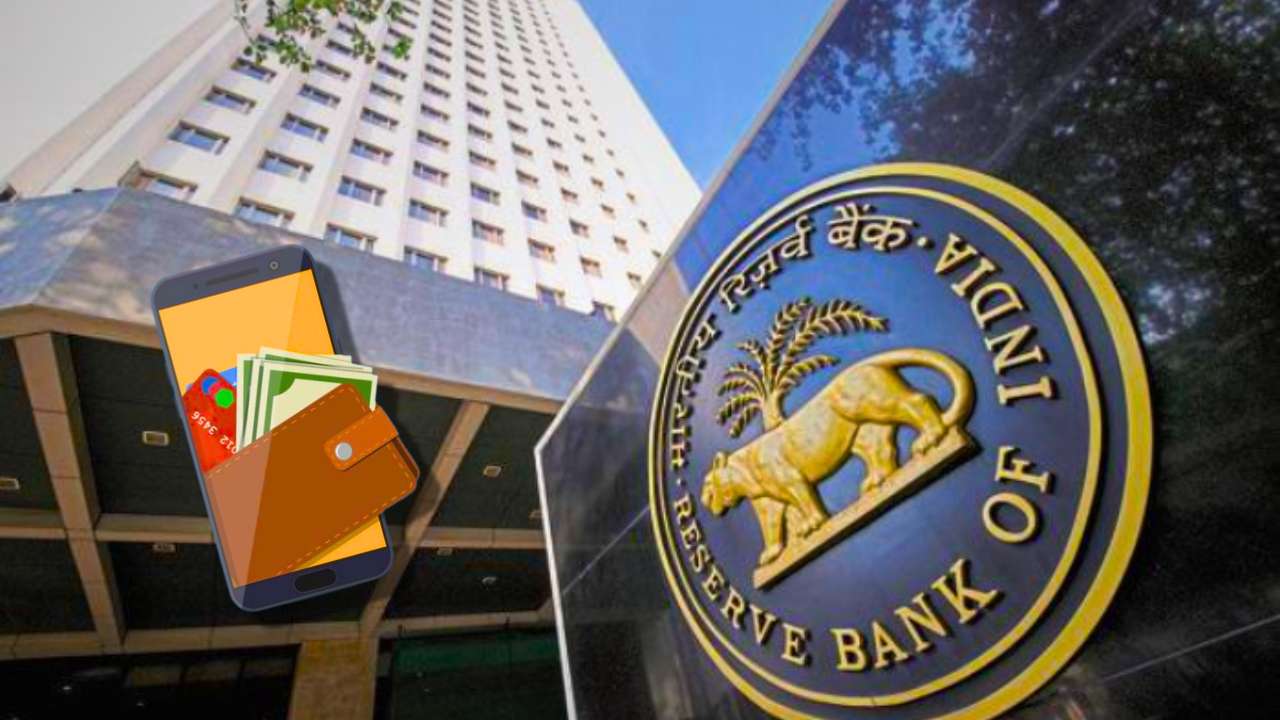India’s financial landscape is witnessing a major shift as the Reserve Bank of India (RBI) introduces the Offline Digital Rupee. This innovative move allows users to make digital payments without relying on an internet connection. With this, digital transactions are now as simple as handing over cash, even in areas with poor connectivity or no network coverage.
What Is the Offline Digital Rupee?
The Offline Digital Rupee is a new form of India’s Central Bank Digital Currency (CBDC). Unlike traditional digital payments, which require mobile data or Wi-Fi, this system operates independently of the internet. It uses Near Field Communication (NFC) technology, which means users can simply tap their device against another device to transfer funds. This makes transactions instant, secure, and extremely convenient. For people living in remote areas, where internet connectivity is limited, this development opens the door to seamless digital payments for the first time.
How It Works
The process of using the Offline Digital Rupee is simple and user-friendly. When a person wants to make a payment, they just need to bring their digital wallet close to another person’s or merchant’s device. The transaction happens instantly, with no need for any network connection. Payments are backed by the central bank, ensuring that all transactions are safe and reliable. Moreover, the system supports both person-to-person (P2P) and person-to-merchant (P2M) transactions, making it versatile for daily use. Whether it’s paying a shopkeeper in a village market or sending money to a family member in another town, the Offline Digital Rupee makes it quick and hassle-free.
Why It Matters
This new digital currency addresses several critical challenges in India’s payment ecosystem. First, it promotes financial inclusion by extending digital payment capabilities to underserved areas. People who previously had no access to reliable banking or internet services can now participate in the digital economy. Second, it is cost-effective. By reducing dependence on intermediaries and mobile networks, transaction costs are lower. Third, it enhances the user experience. Payments can be completed instantly and securely, without worrying about poor internet signals or slow processing times. This makes everyday transactions smoother and more convenient for everyone.
The Road Ahead
The RBI is not stopping at offline payments. Future versions of the Digital Rupee will include programmable features, allowing for more advanced uses such as targeted subsidies, corporate payouts, or government transfers. This flexibility could redefine how financial services are delivered, making them faster, safer, and more precise. The Offline Digital Rupee is more than just a payment tool; it is a step towards a modern, inclusive, and efficient financial system. By making digital transactions accessible to all, the RBI is setting the stage for a new era of financial innovation in India.
In conclusion, the Offline Digital Rupee marks a major milestone in the country’s journey towards a fully digital economy. It empowers individuals in both urban and rural areas to make secure, instant payments anytime, anywhere. With simplicity, safety, and accessibility at its core, this innovation has the potential to transform the way Indians interact with money.
